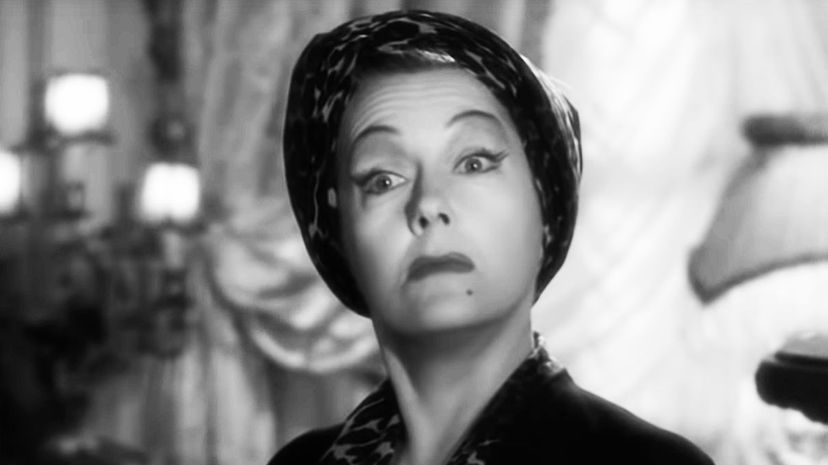
About This Quiz
Have you ever wondered where the term "silver screen" comes from? It originated during the early days of film when motion pictures were made entirely in black and white, and they were projected onto reflective screens containing silver or aluminum. And while the phrase is still used today to describe the movie industry as a whole, it harkens back to a time when going to the cinema was an experience that only came in grey.
Things changed with the advent of the Technicolor film process in 1916. While most movies continued to be made in black and white - filming in Technicolor was very expensive - color gradually began to seep onto the big screen. During the 1920s through the '40s, color film was considered a special medium, reserved for epic, big-budget movies like "The Wizard of Oz" and "Gone With the Wind." It wasn't until the 1950s, when a less expensive color technology was introduced, that black-and-white film began to go the way of the dinosaur. By the mid-1960s, color had officially taken over, and black and white quickly became the method used to evoke the feeling of something unique and of the past.
How good is your black-and-white movie recall? This quiz is packed with screenshots of classic silver-screen gems, as well as several notable modern black-and-white films. We're looking at you, kid - can you identify them all?
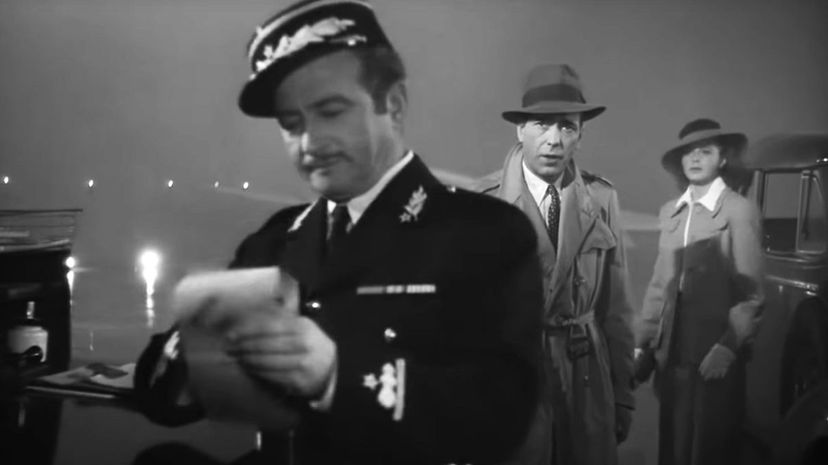
Starring screen legends Humphrey Bogart and Ingrid Bergman, "Casablanca" features the famous lines "Here's looking at you, kid" and "Louis, I think this is the beginning of a beautiful friendship."
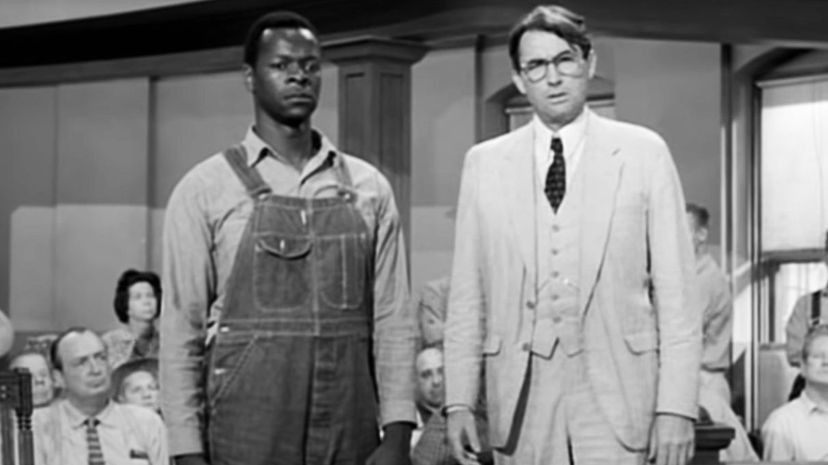
Starring Gregory Peck in one of his most famous roles, this 1962 film features actor Robert Duvall's first movie appearance. "To Kill a Mockingbird" is based on the Pulitzer Prize-winning novel of the same name by Harper Lee.
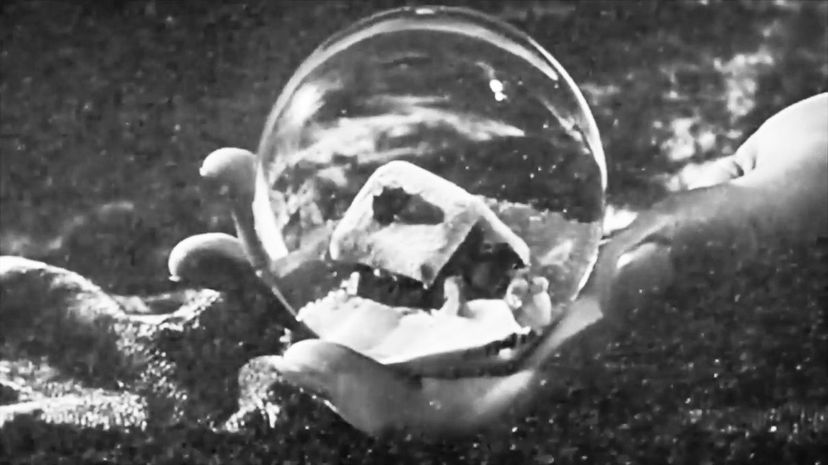
Released in 1941, "Citizen Kane" was Welles' first feature film. It was nominated for nine Academy Awards, including best picture, and won one for best writing (original screenplay).
Advertisement
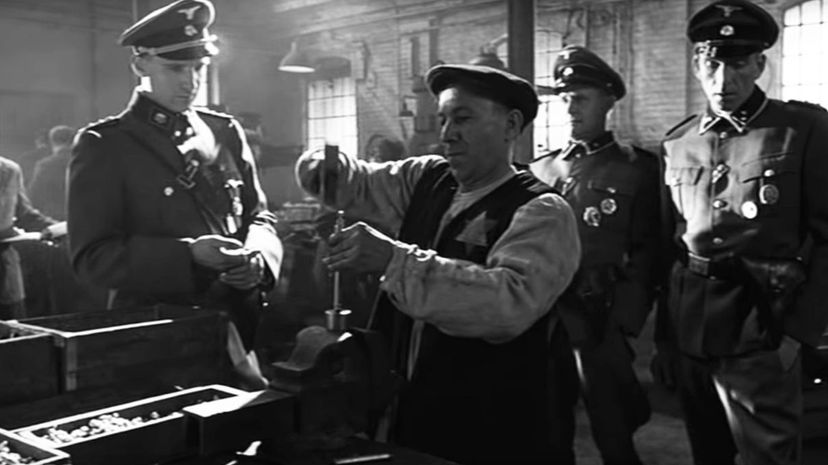
Released in 1993, "Schindler's List" was nominated for a whopping total of 12 Academy Awards. It ended up winning seven, including best picture, best director and best cinematography.
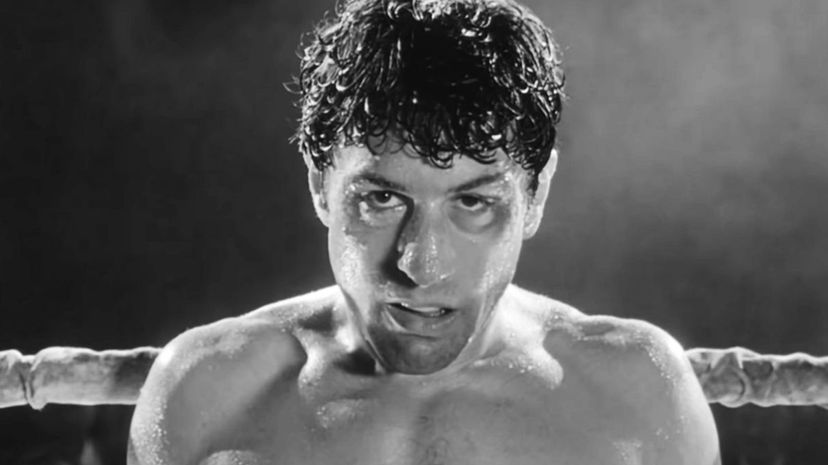
Released in 1980, "Raging Bull" was nominated for a total of eight Academy Awards and won two - best actor (for De Niro) and best film editing. De Niro also won a Golden Globe for his critically acclaimed performance.
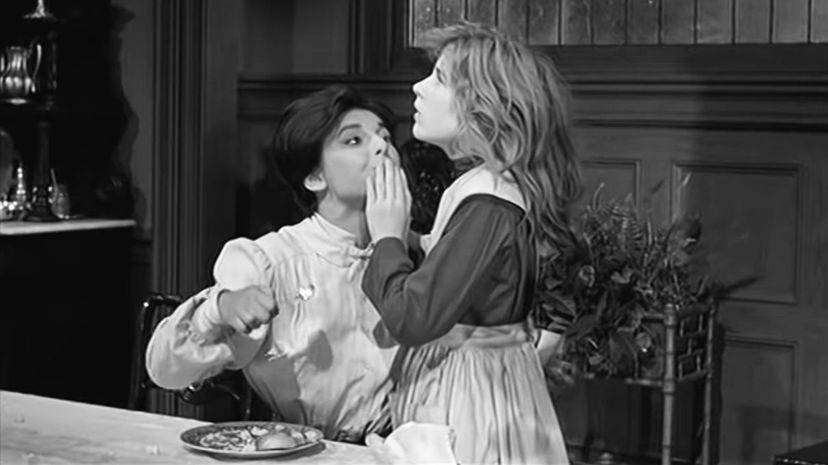
Starring Anne Bancroft and Patty Duke, this film is about Anne Sullivan, the real-life tutor to the blind and deaf Helen Keller. The critically acclaimed film was nominated for five Academy Awards and won two - best actress (for Bancroft) and best supporting actress (for Duke).
Advertisement
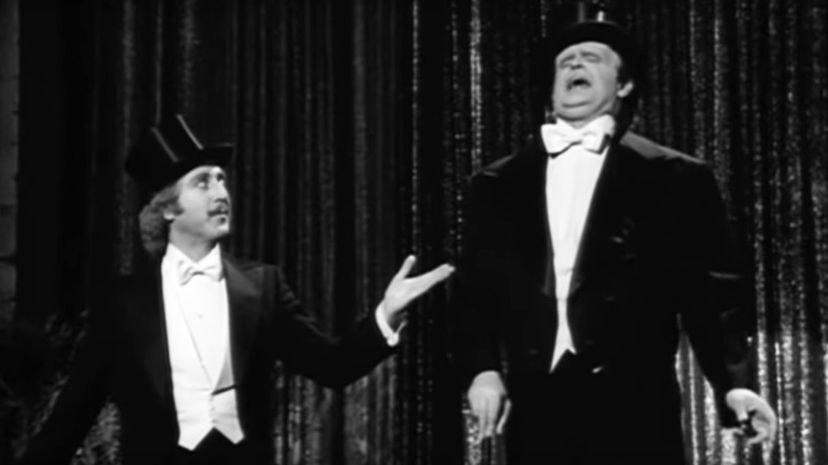
Starring Gene Wilder as Dr. Victor Frankenstein and Peter Boyle as the monster, this horror parody was both a critical and box office success. In 2007, Brooks adapted the movie into a Broadway musical, which ran until 2009.

Directed by Billy Wilder, this movie was a huge hit when it was released in 1959. The film was nominated for six Academy Awards, winning one, and both Marilyn Monroe and Jack Lemmon took home Golden Globes for their performances.
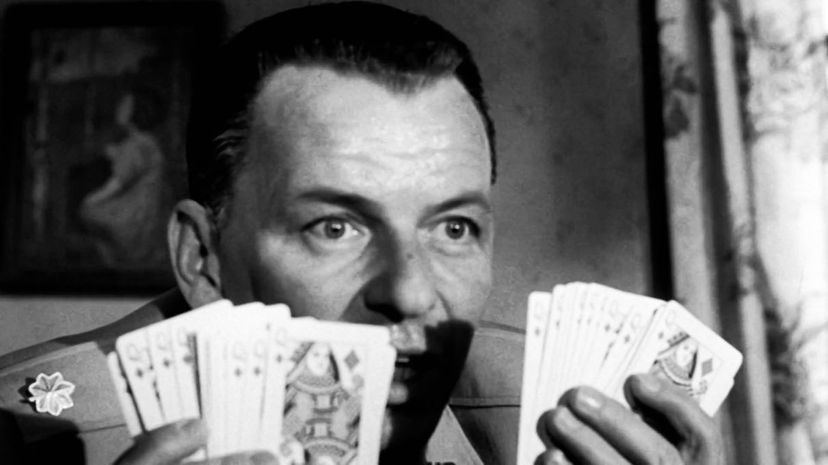
Based on a 1959 novel of the same name, "The Manchurian Candidate" starred Frank Sinatra, Laurence Harvey, Janet Leigh and Angela Lansbury. A full-color remake of the film with Denzel Washington and Meryl Streep was released in 2004.
Advertisement
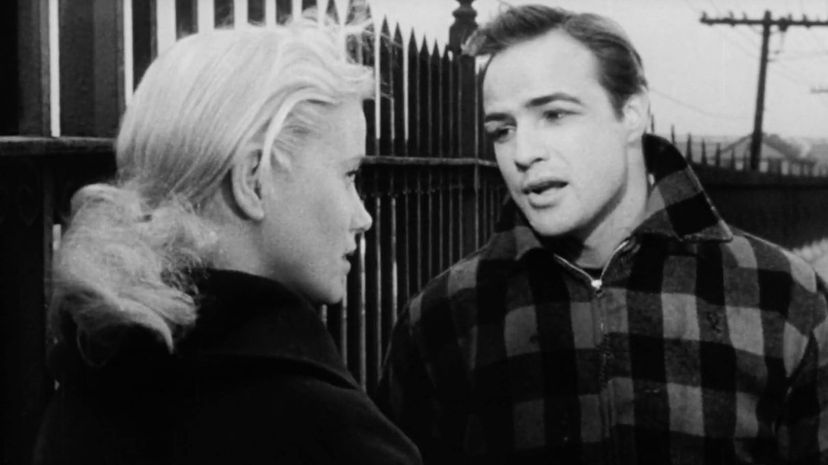
Starring Marlon Brando and directed by Elia Kazan, this hit movie won a grand total of eight Academy Awards, including best picture, best director, best actor (for Brando) and best supporting actress (for Eva Marie Saint).
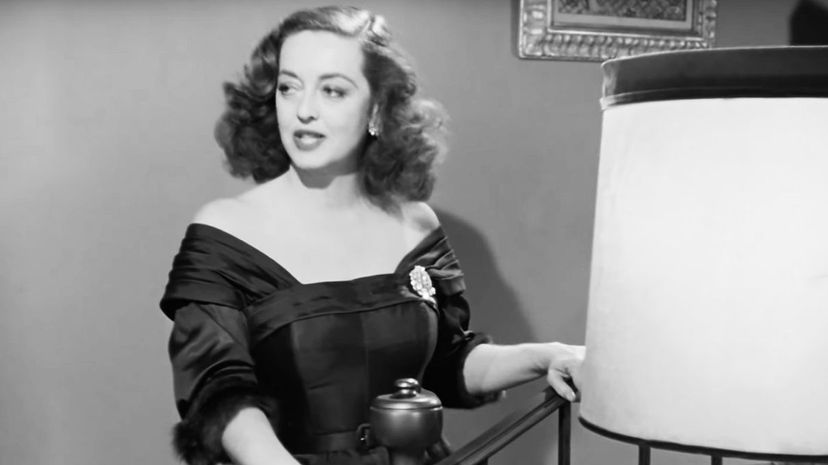
Starring Bette Davis and Anne Baxter, this film was nominated for a total of 14 Oscars, which was a record-breaking number at the time. The film took home six statues, including best picture and best director. It also features Marilyn Monroe in one of her earliest roles.
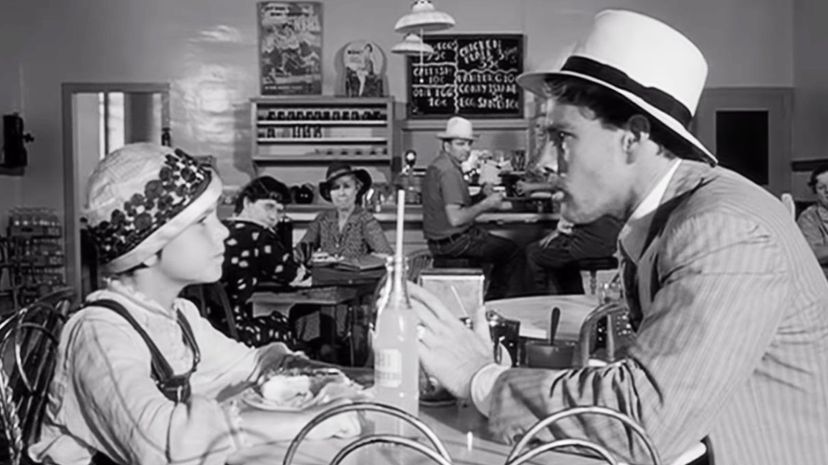
Director Peter Bogdanovich made this film in black and white to evoke the mood of the Great Depression, which is when the film takes place. At age 10, Tatum O'Neal won an Academy Award for best supporting actress for her role, making her the youngest winner in history.
Advertisement

This spooky 1960 film starred Anthony Perkins, Vera Miles, John Gavin and Janet Leigh. Color had become a widely used medium by the time this movie was made; however, Hitchcock chose black and white for artistic and budgetary reasons.
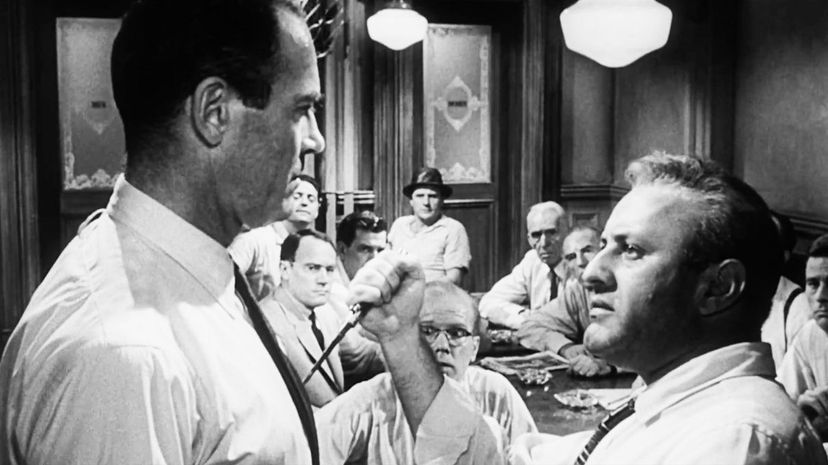
Directed by Sidney Lumet, "12 Angry Men" was nominated for three Academy Awards, including best picture and best director. It lost to the film "The Bridge on the River Kwai" in both categories.

Released in 1951, four years after the play's debut on Broadway, "A Streetcar Named Desire" starred Marlon Brando in one of his most acclaimed roles. He was nominated for an Academy Award for his performance.
Advertisement
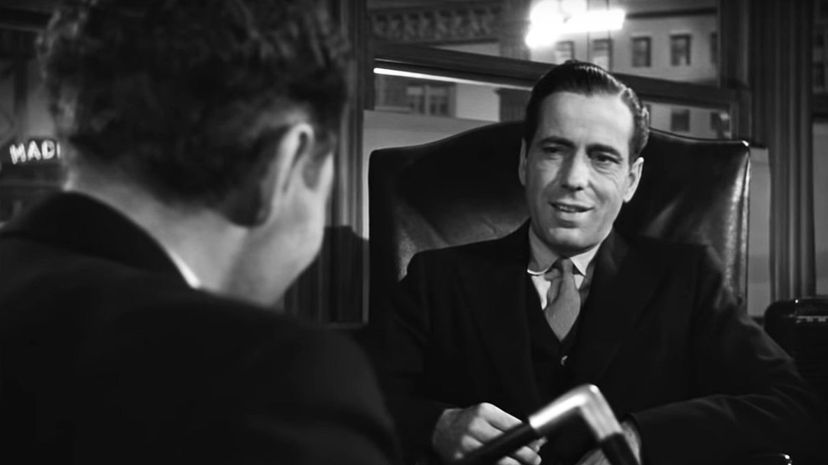
Based on a 1930 novel of the same name, "The Maltese Falcon" is considered by many critics to be the first movie of the film noir genre. It was included in the Library of Congress National Film Registry in 1989.
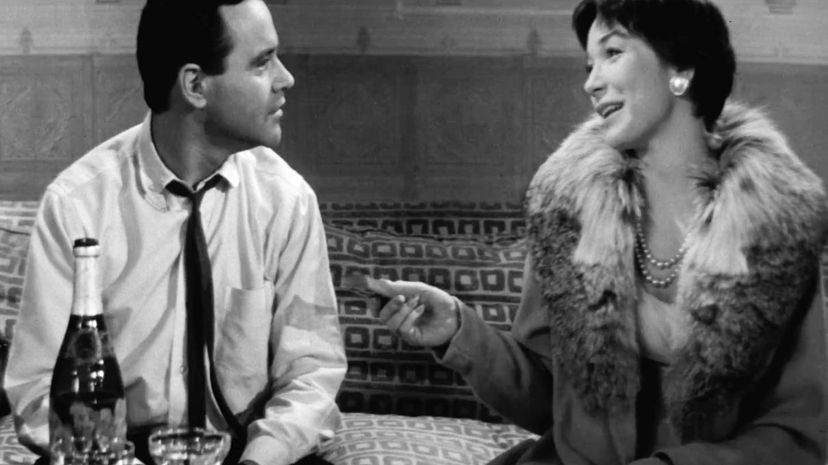
Starring Jack Lemmon and Shirley MacLaine, "The Apartment" was nominated for 10 Academy Awards and won five, including best picture, best director (for Billy Wilder) and best screenplay.
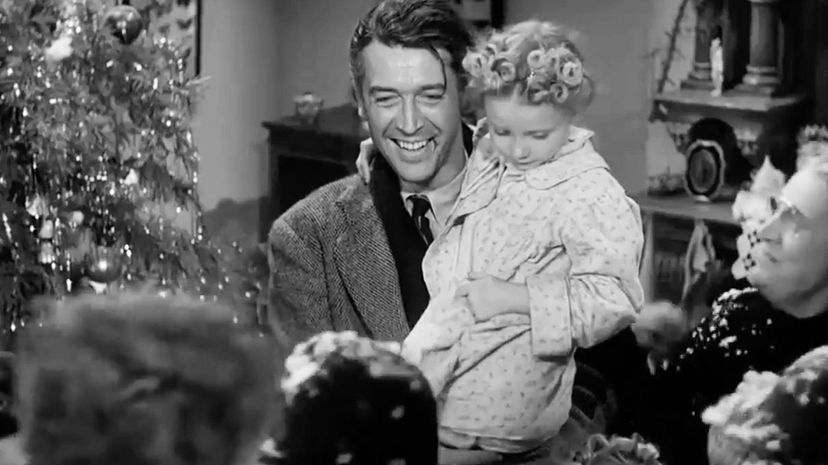
While this film by legendary director Frank Capra performed poorly when it was first released in 1946, the movie has since become a beloved classic. In 1986, the first of three colorized versions was released.
Advertisement
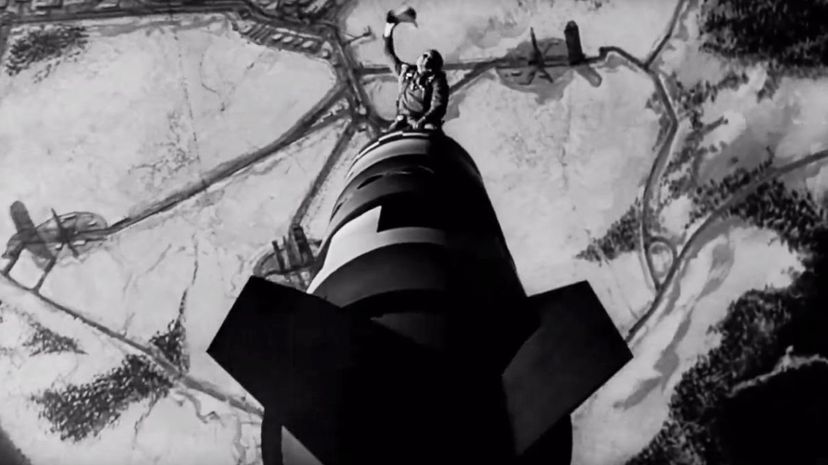
Officially titled "Dr. Strangelove or: How I Learned to Stop Worrying and Love the Bomb," this offbeat Stanley Kubrick film from 1964 satirizes the Cold War and the possibility of a nuclear conflict.

Directed by Peter Bogdanovich, this critically acclaimed drama was nominated for eight Academy Awards, including best picture. It ended up winning two Oscars - best supporting actor for Ben Johnson and best supporting actress for Cloris Leachman.
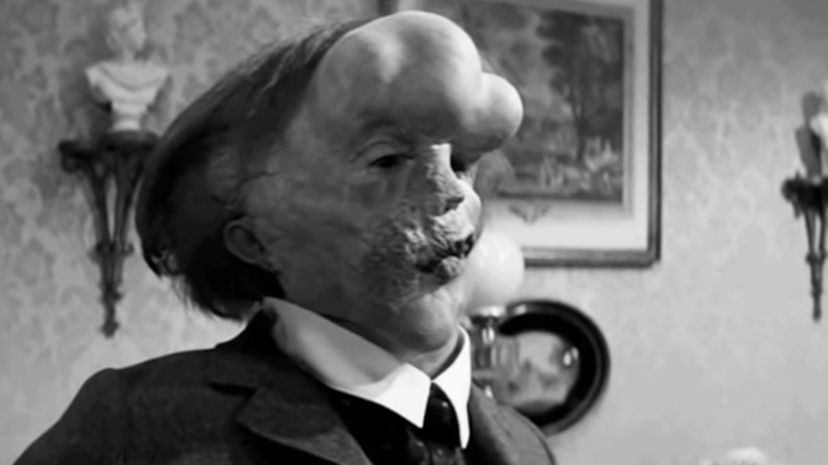
A commercial and critical success when it was released in 1980, this movie is based on the real-life story of Joseph Merrick, a severely deformed man living in late 19th-century London. John Hurt portrayed the so-called elephant man.
Advertisement

Victor Hugo's 1831 novel has spawned a number of adaptations in addition to this one, including a 1982 film starring Anthony Hopkins and a 1996 version animated by Walt Disney Pictures.
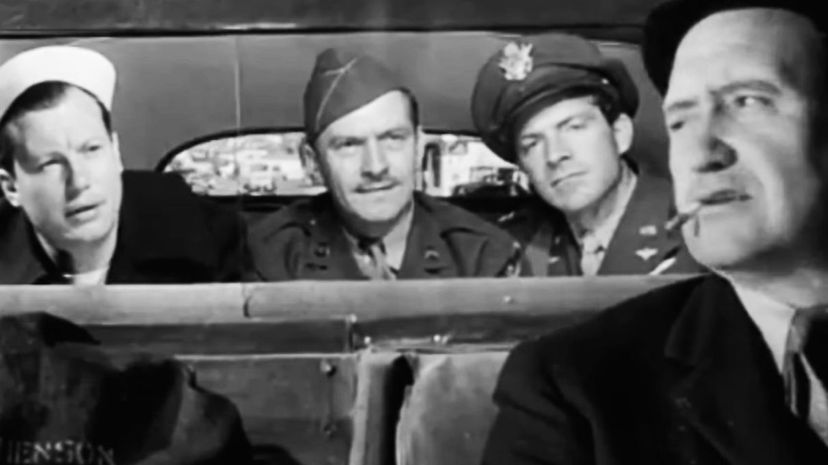
"The Best Years of Our Lives" was praised by critics and won nine Academy Awards, including best picture, best director, best actor (for Fredric March) and best supporting actor (Harold Russell).
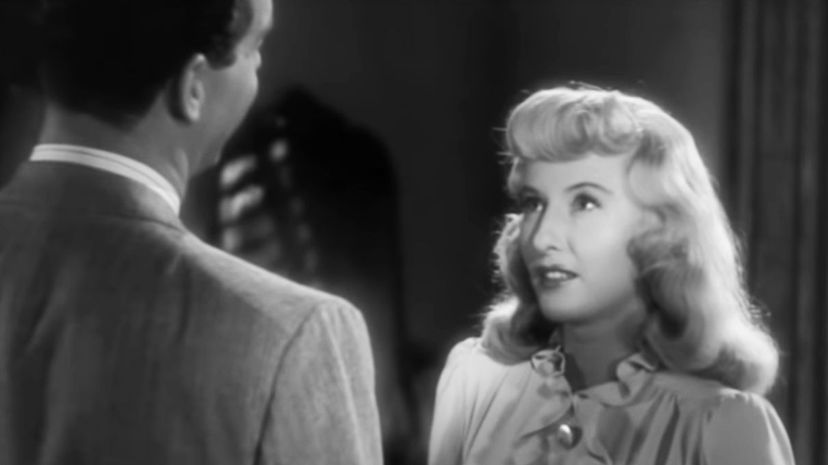
Fred MacMurray and Barbara Stanwyck starred in this thriller, which was based on a mystery novel of the same name. It was nominated for seven Academy Awards, including best picture.
Advertisement
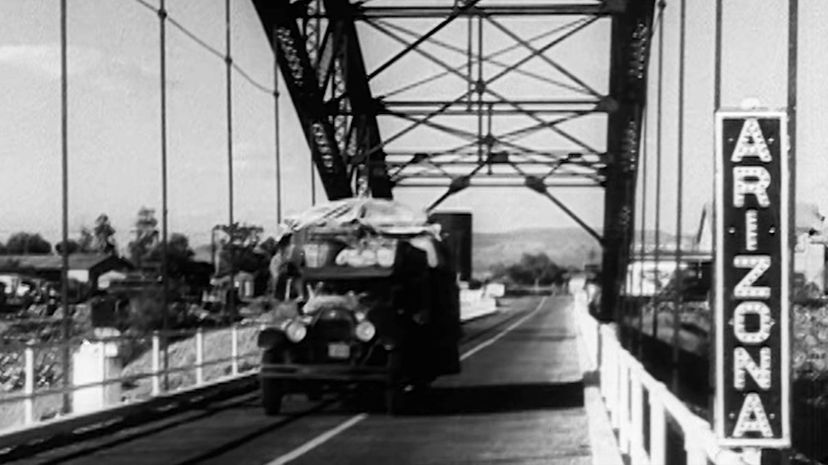
Released in 1940, "The Grapes of Wrath" starred Henry Fonda as migrant worker Tom Joad. The film is considered by many critics to be one of the best American movies of all time. Reportedly, Steinbeck also loved the movie.
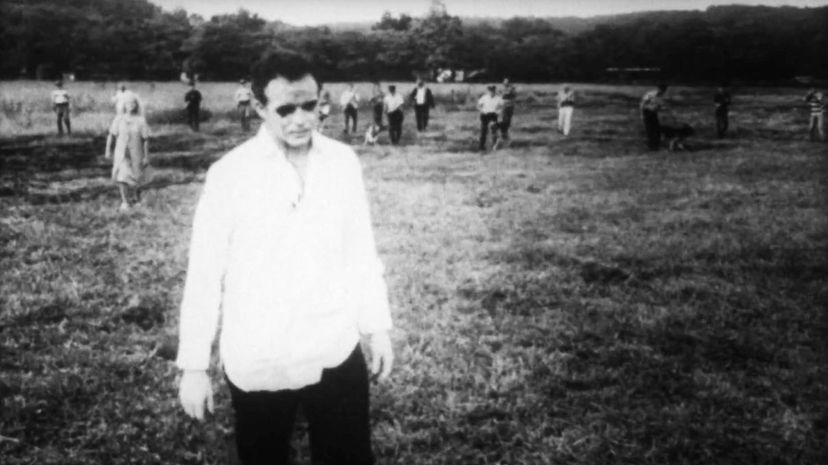
Directed by George A. Romero, this independent movie was made on a shoestring budget and ended up earning a box office gross of more than 250 times what it cost to make. It's become a cult classic and has spawned numerous sequels and remakes.
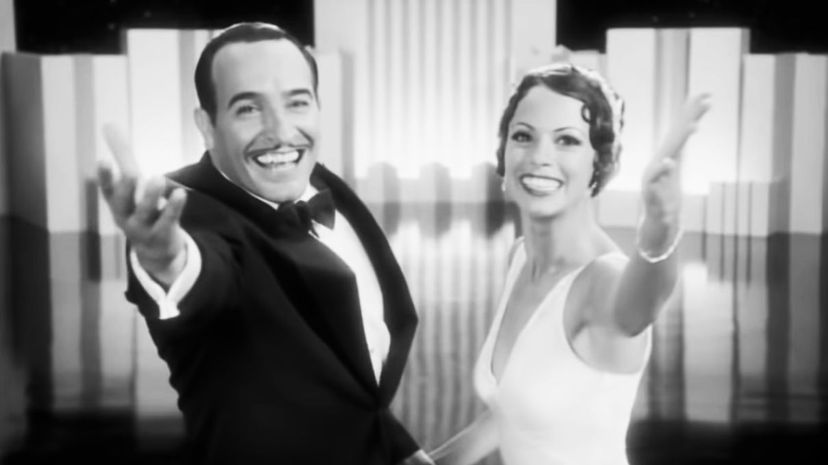
In addition to its five Academy Award wins, including a statue for best picture, "The Artist" received three Golden Globe awards and seven BAFTAs (British Academy of Film and Television Arts). The movie has earned more awards than any other French film to date.
Advertisement
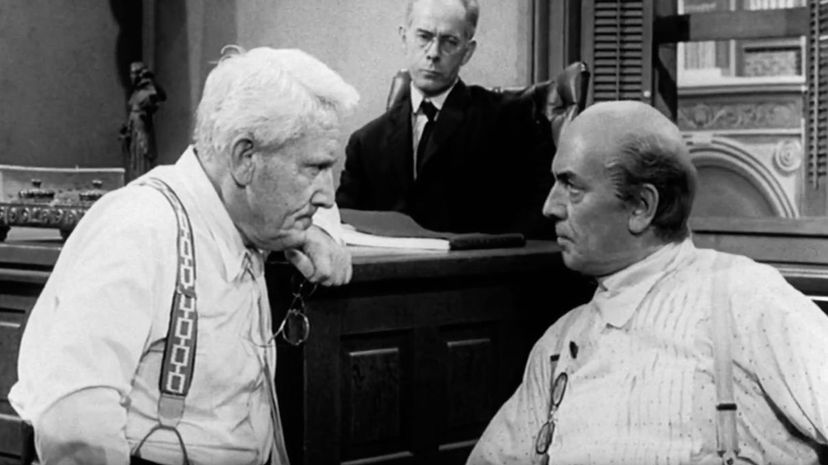
Released in 1960 and directed by Stanley Kramer, this fictionalized account of the 1925 Scopes Monkey Trial features Spencer Tracy as lawyer Henry Drummond, a character based on the real-life Clarence Darrow. In the actual case, Scopes was found guilty, but the conviction was later overturned.
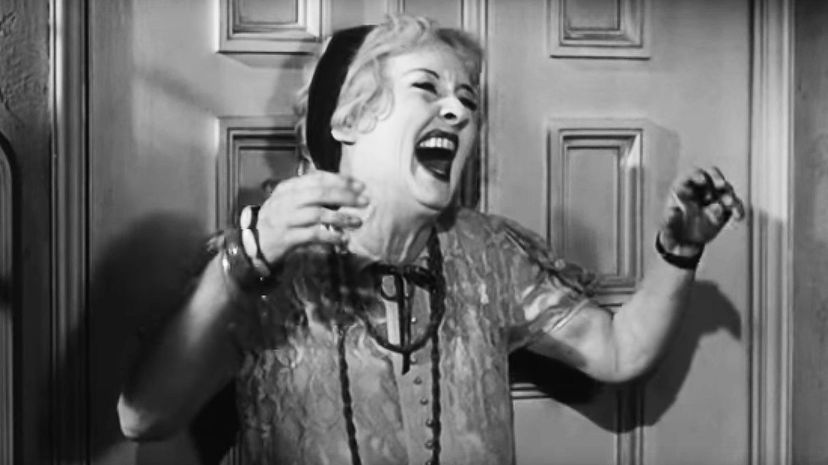
This psychological thriller starred Bette Davis and Joan Crawford as two seriously twisted sisters. Reportedly, Bette Davis created her own makeup look for her role as the disturbed "Baby Jane" Hudson.
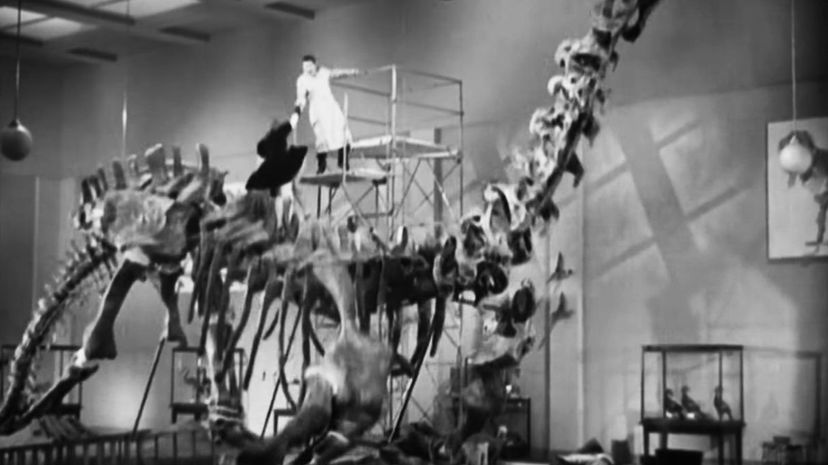
This film stars Katharine Hepburn and Cary Grant. The script was written specifically for Hepburn, tailored to her comedic abilities. While the movie was considered a flop when it was released, it has since become a comedy classic.
Advertisement
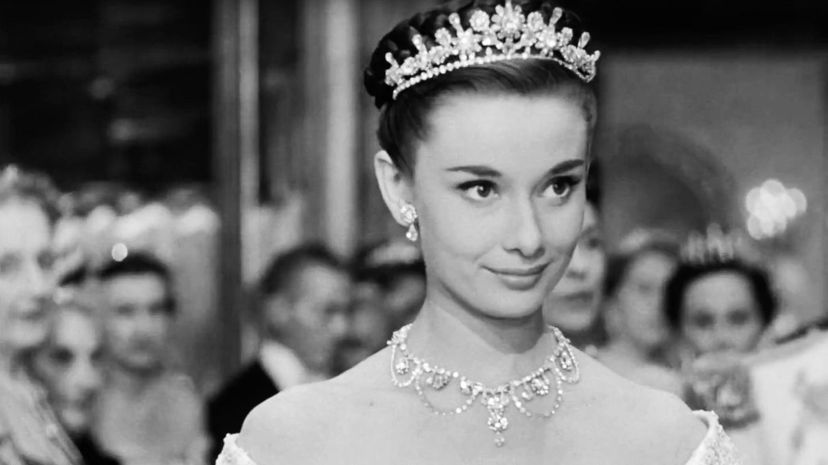
Released in 1953, this romantic comedy also stars Gregory Peck. The movie won three Academy Awards, including best actress for Audrey Hepburn and best costume design for a black-and-white film.
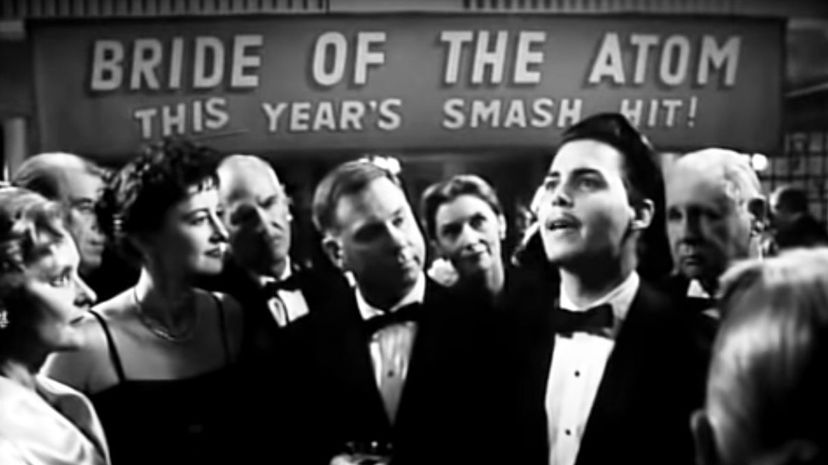
Directed by frequent Depp collaborator Tim Burton, this 1994 film is about the cult filmmaker known for making some of Hollywood's best bad movies. The movie also features performances by Martin Landau, Sarah Jessica Parker, Patricia Arquette and Bill Murray.
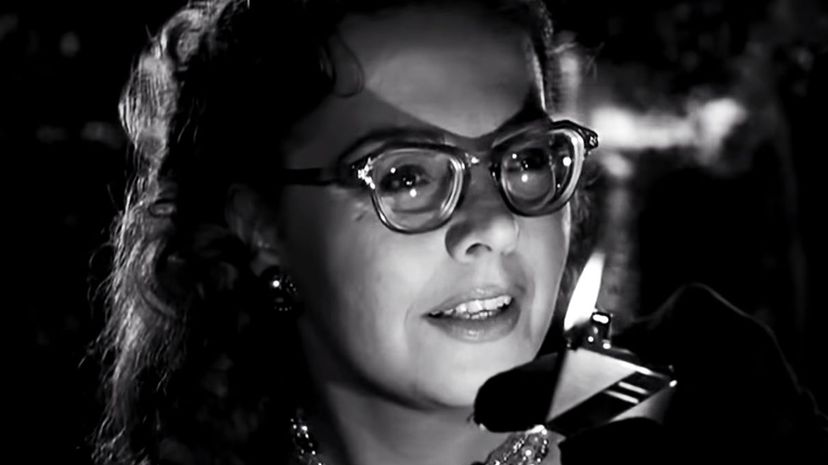
This 1951 psychological thriller follows the story of two train passengers - a young tennis player and a charming psychopath. They come up with a scheme to perform murders for each other so they will not be suspected of the crimes.
Advertisement
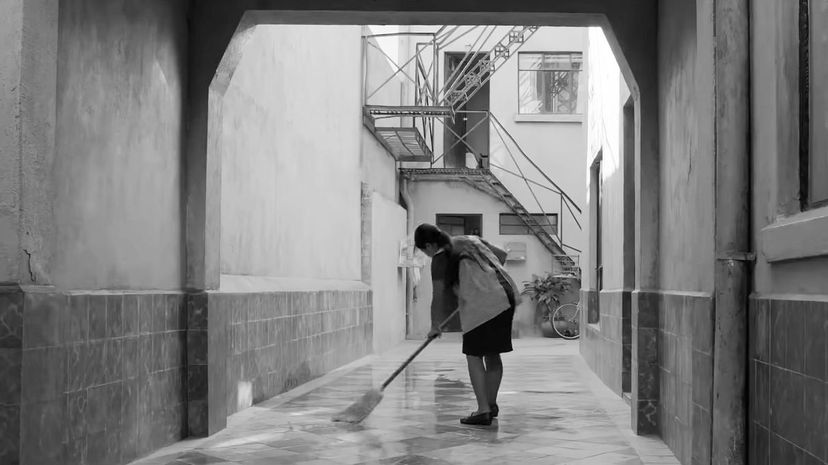
"Roma" was nominated for 10 Academy Awards and became the first Mexican movie to win for best foreign language film. It also scored statues for best cinematography and best director (Alfonso Cuarón).

This film features a notable cast, including Diane Keaton, Mariel Hemingway and Meryl Streep. While it's among the most commercially successful films of Allen's career, it's reportedly his least favorite.

This film is well known for its breakthrough narrative style, which features conflicting accounts of the same event as perceived by multiple characters. The movie was directed by the prolific Japanese film director Akira Kurosawa.
Advertisement
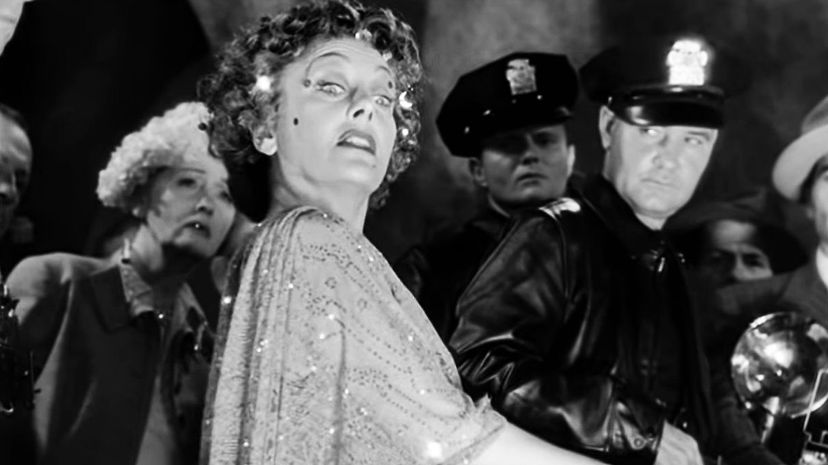
Written and directed by Billy Wilder, this classic tells the story of an aging silver screen star and a screenwriter who thinks he can manipulate her. It features many iconic lines, including "I am big. It's the pictures that got small."
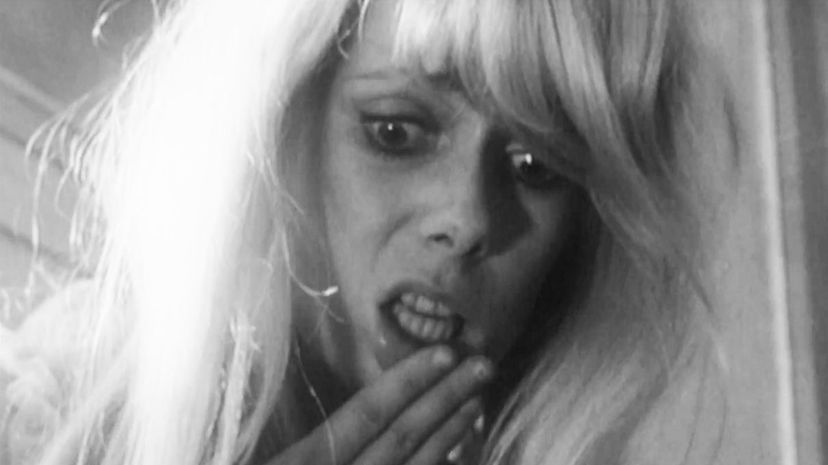
Released in 1965 and starring Catherine Deneuve, this movie was Polanski's first English-language film. It follows the story of a depressed, withdrawn woman who slowly goes mad while isolated in her apartment.
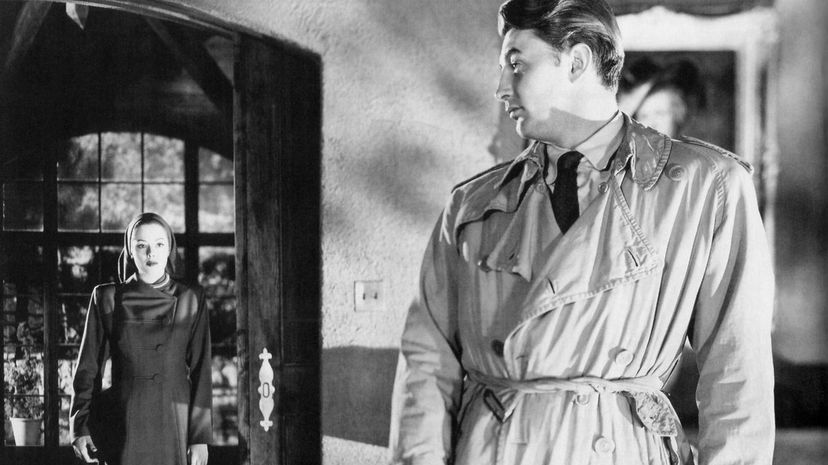
Starring Robert Mitchum, Jane Greer and Kirk Douglas, this movie is considered by many film historians to be one of the greatest of the film noir genre. The movie was remade in 1984 as "Against All Odds" with Jeff Bridges, Rachel Ward and James Woods.
Advertisement
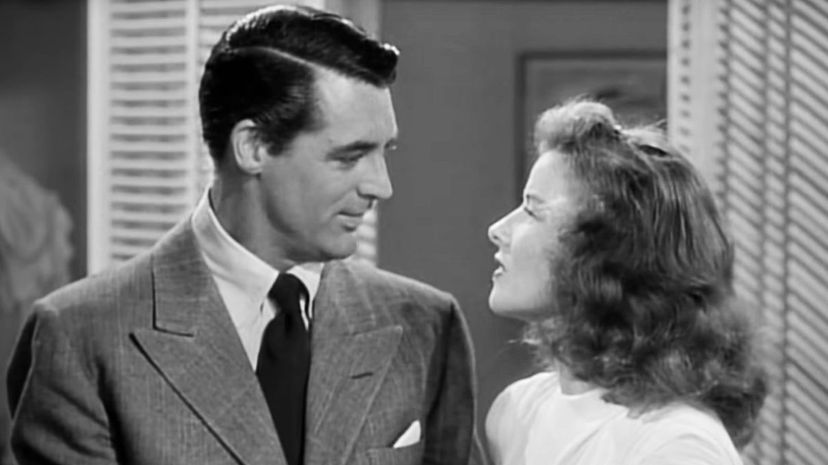
On the eve of her second wedding, Katharine Hepburn's Tracy Lord must decide which man she loves. Her options are the man she's supposed to marry (played by John Howard), her ex-husband (played by Cary Grant) or a reporter (played by Jimmy Stewart).